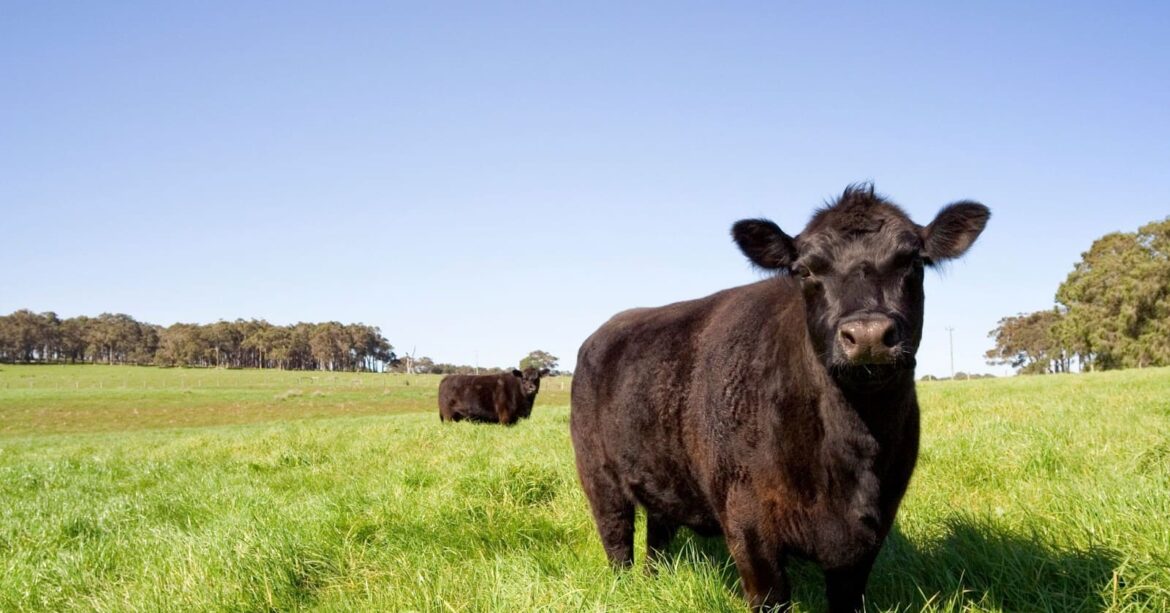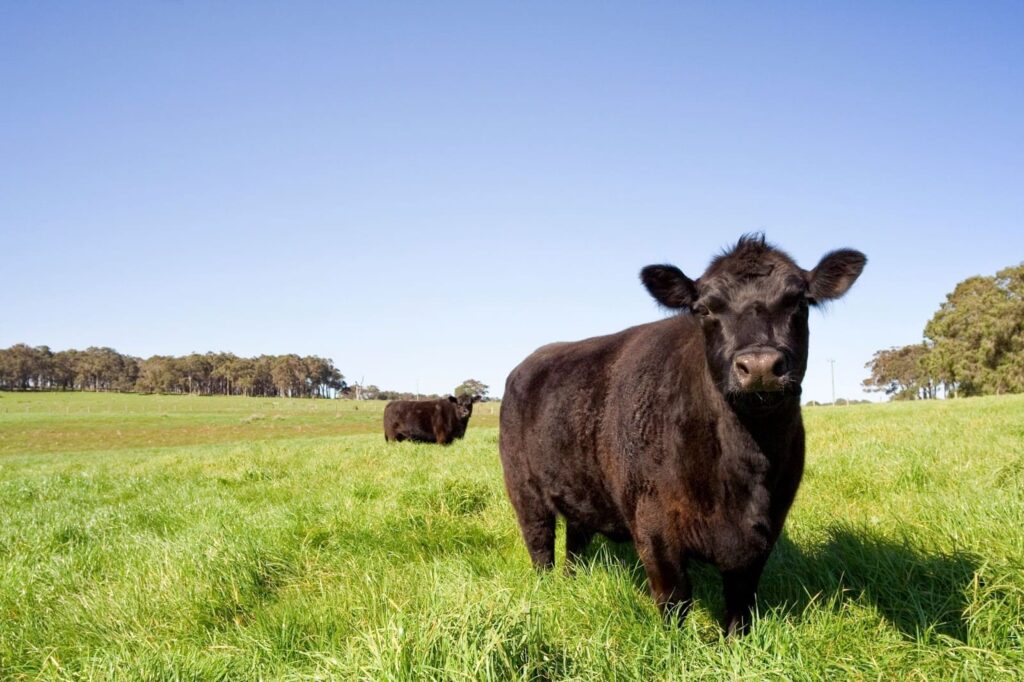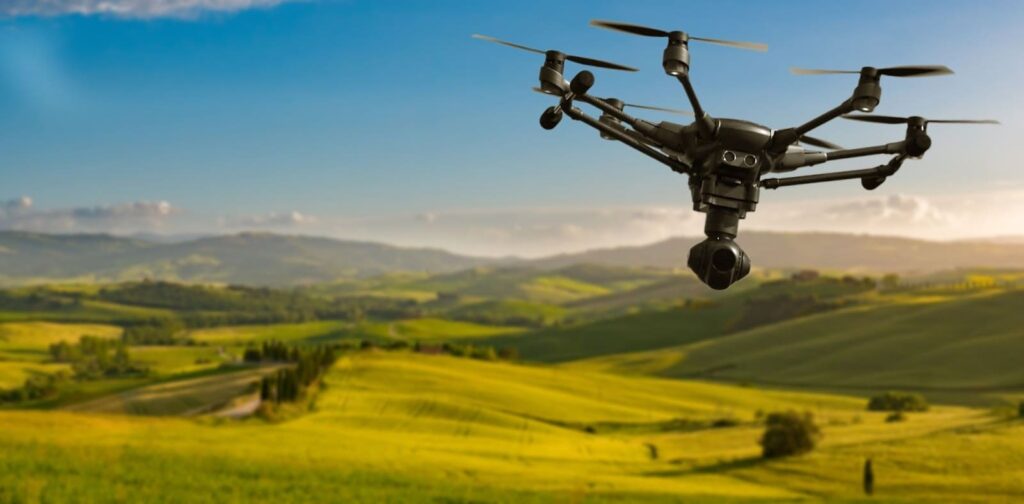Ways That Farming Technology is Improving the Cattle Industry
The impact of farming technology on the cattle industry is significant. Various different types of technology allow farmers to improve the efficiency of their operations, optimise their profits, and enhance the health and welfare of their herds.
For example, CSIRO developed a gene marker that made it possible for farmers to breed hornless cattle. Breeding these cattle removes the problems that cattle horns create. These horns may be needed by animals in the wild, but they are not necessary on a farm and can result in cattle being injured. There is an option to remove cattle horns, but the process is labour intensive, and it’s also an animal welfare concern. So, being able to produce cattle without horns is a major step forward.
Key points
- Farming technology allows farmers to improve the efficiency of their operations and enhance the health and welfare of their herds.
- Examples of this type of farming technology include the development of a gene marker to allow the breeding of hornless cattle and the creation of an ear tag to monitor the life cycle of each animal.
- Digital technology allows pastures to be managed and animals to be milked automatically, thereby reducing labour requirements on farms.
- Drones are used on farms to monitor fencing and gates and show whether there is sufficient food and water available for cattle.
Other developing technology in the cattle industry is equally as valuable as CSIRO’s gene marker work. The development of an ear tag by James Cook University (JCU) in Townsville is an example of this. The tag provides a complete picture of an animal’s life and allows it to be closely monitored. This gives farmers an insight into any potential problems and what may be causing them.
These advancements are just a small selection of technological developments that are revolutionising the cattle industry. Let’s examine more of these developments and look at how they are helping producers in the cattle industry.
Digital livestock management
Managing livestock digitally allows farmers to make better use of their time and resources, and increase productivity. Examples of how digital technology is helping by automating various farm processes are:
- Automatic timers on gates allowing cattle to access paddocks without farm workers having to intervene.
- Automated milking systems where robots control the milking process on dairy farms, thereby reducing labour requirements.
- Databases that contain information such as how much feed cattle need and how much fertiliser is needed for paddocks, as well as providing insights into the supply chain and any potential issues.
- Sensors that can carry out various tasks, such as monitoring animal health and creating virtual fences.
These various examples of technology adoption show how the beef industry and the dairy industry are able to improve productivity and enhance the living conditions and health of animals simply by embracing advances in technology.
The connected cow
The sensors we have mentioned earlier in this article are part of the “connected cow” concept. These wearables are attached to cattle to allow farmers to gather a range of valuable information. This information makes it easier for farmers to optimise the performance of their operations and the health of their animals.
For example, wearable devices can monitor the health of individual animals and alert farmers to any issues. This alert allows farmers to take action to protect animals and potentially avert costly deaths. Data can also be gathered for entire herds, enabling farmers to make real-time decisions, and making herd management a simpler process.
Using drones on farms
Drones have been adopted as a means of collating data in many industries, and they’re especially useful in many aspects of farming, such as monitoring the real-time feedlot environment. The data collected by using drones shows whether fences and gates are operating as they should. It also shows whether there is sufficient water and food available to keep the animals healthy and in good condition.
This type of data-driven approach to farming is essential in a cattle industry that needs to keep modernising in order to thrive. The more real-time data that producers have, the better their decisions are likely to be. Making these informed decisions that are backed by the latest data gives cattle producers an opportunity to remain competitive in what is a crowded and challenging industry.
The world of AI
Producers in the cattle industry must meet the challenge of breeding and growing animals that meet the demands of the market. Using artificial intelligence (AI), such as machine vision, enables the creation of digital images that can accurately determine the depth, size, and fat content of each animal. Producers can then use this data to determine the market potential of every animal they have in their herd.
They can also use the data they obtain to develop their selection and breeding activities as they have a better understanding of which animals are likely to produce ongoing healthy herds that produce more beef or milk and are therefore more profitable overall. The enabling of this type of enhanced selection and breeding helps to make cattle production more efficient and profitable as farmers are able to put their labour efforts and finances into breeding the animals that produce the best results for the investment.
Each of these developments in farming technology is improving the cattle industry. They are allowing farmers to operate more efficiently by enabling them to concentrate their efforts away from herd management to other essential aspects of the business such as marketing and workforce management. Advances in technology are also improving the health and welfare of animals within the cattle industry, which is a major positive given the growing emphasis on this aspect of the industry.
Overall, developments in farming technology have already had a major impact on the cattle industry. This is a situation that is set to continue as technology continues to develop apace.
2 - 2Shares



